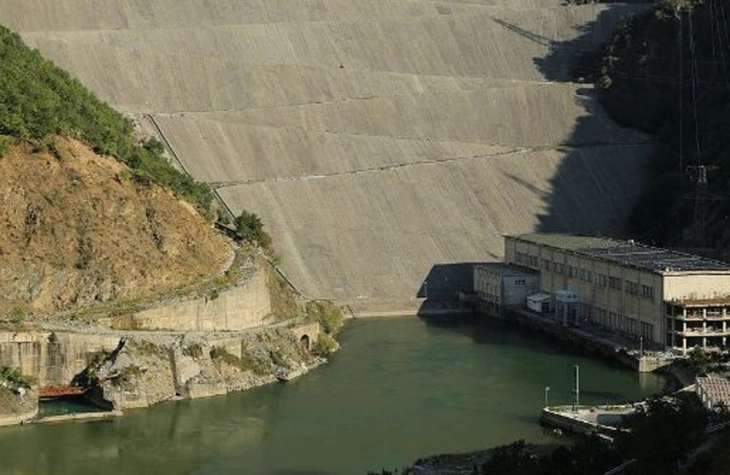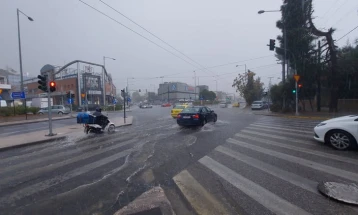Building hydropower plants in Western Balkans will only get harder: briefing

Prague, 11 August 2022 (MIA) – Projects to build new hydropower plants in Western Balkan countries will only get harder to be implemented in the future due to climate change, public resistance, and legal and financial issues, and such projects will either not help to aid energy security or they don’t have sufficient economic potential, according to a briefing prepared by several international organizations.
Hydropower has traditionally played a major role in many of the power systems of southeast Europe, with particularly high shares in some Western Balkan countries. Together with coal, hydropower has formed the backbone of electricity generation in the region for many decades.
A publication entitled Why hydropower in southeast Europe is a risky investment, says Southeast European countries vary in their technical hydropower potential, but most of them are at a stage where adding hydropower capacity will either not help to aid energy security due to existing over-dependence (Albania, Bosnia and Herzegovina, Croatia, Montenegro) or they have very little economic potential left (Bulgaria, Kosovo).
Albania is almost 100 per cent hydropower-dependent for domestic generation, Montenegro around 50 per cent, and Bosnia and Herzegovina depends on hydropower for around a third of its electricity generation. In North Macedonia, hydropower makes up just under a quarter of domestically generated electricity and in Serbia around 28 per cent.
“It is therefore unsurprising that when the need to develop renewable energy entered the political agenda at the EU level in the late 1990s and early 2000s, southeast European governments, utilities and energy experts mainly understood this as an opportunity to build more hydropower,” reads a report published by CEE Bankwatch, EuroNatur, RiverWatch and WWF Adria.
Although some countries in the region are often claimed to have very high and largely untapped hydropower potential, the authors of the study pint out that such claims are usually based on decades-old estimates “from a time when rainfall was more predictable, people hardly dared to oppose expropriation, and little was known about the region’s astonishing biodiversity”.
In the last two decades, hundreds of ‘small’ hydropower plants under 10 MW have been built across the region, often in protected areas or other highly sensitive habitats, while attempts to build “greenfield” hydropower plants of larger than 10 MW have been much less successful, with the exception of Albania and Slovenia.
“Irrespective of the low success rate, project developers continue to push plans for new large hydropower projects across the region, diverting resources and effort from developing quicker and more economic alternatives,” reads the study.
The authors add that Bosnia and Herzegovina is particularly ambitious, despite its failure to complete a single “greenfield” large hydropower plant in the last decade.
Pointing to the risks behind hydropower projects, the briefing notes that it will only get harder to build them in the future, due to climate vulnerability, the region’s unique biodiversity, legal issues, public resistance and financial issues.
The publication includes project profiles of nine particularly high-risk projects in the region, including Skavica in Albania, Bistrica, Buk Bijela, Dabar, Ulog and Janjići in Bosnia and Herzegovina, and Komarnica in Montenegro.
The authors recommend lower-risk investments that can help the region move towards a more environmentally, socially and economically sustainable energy system.
According to the briefing, what all countries have in common is that their sustainable solar and wind potential has not yet been utilised, nor has their energy efficiency potential.







